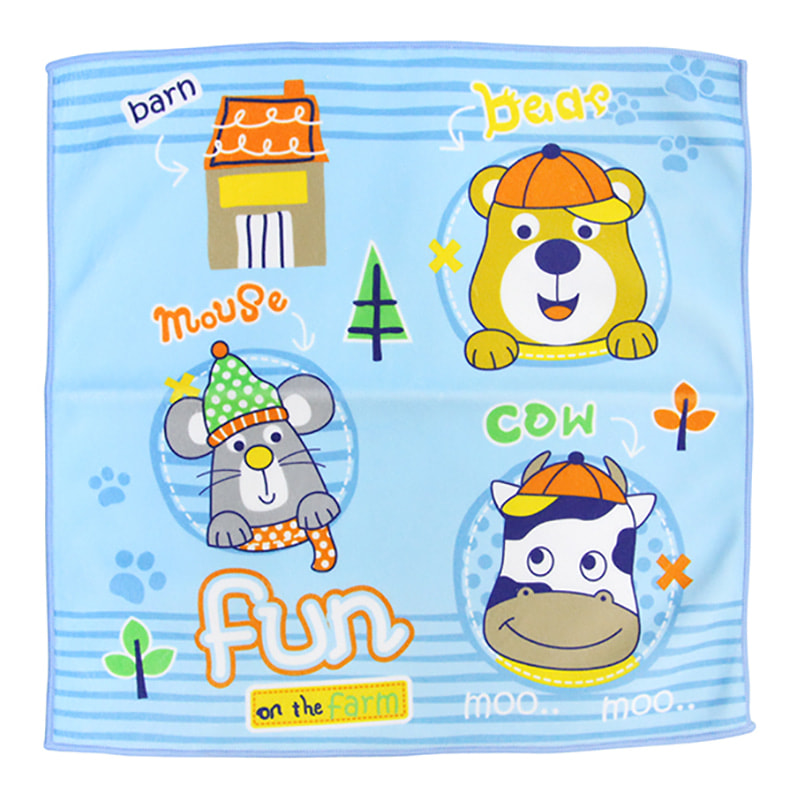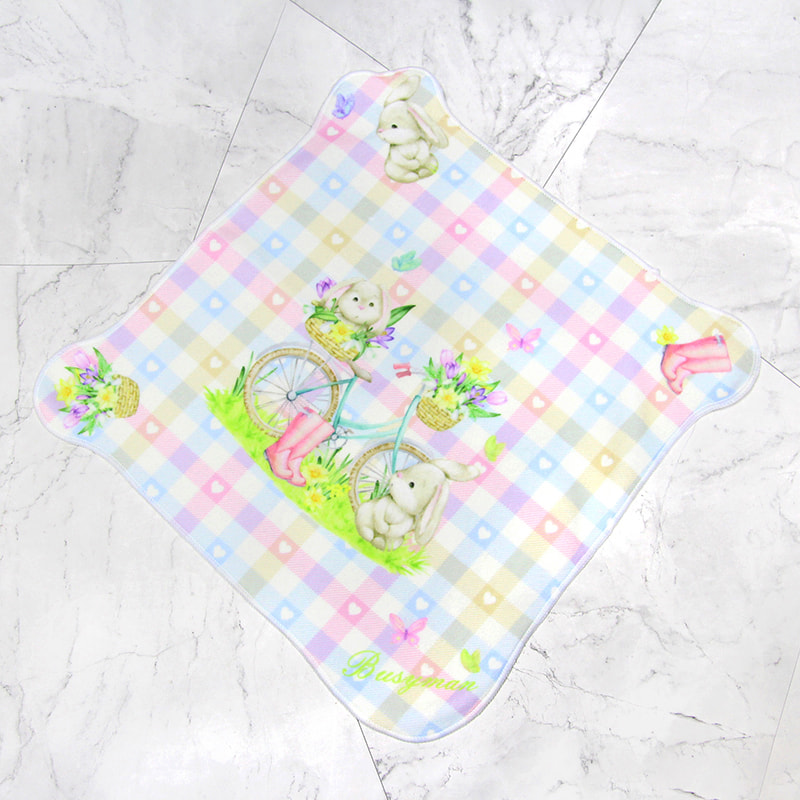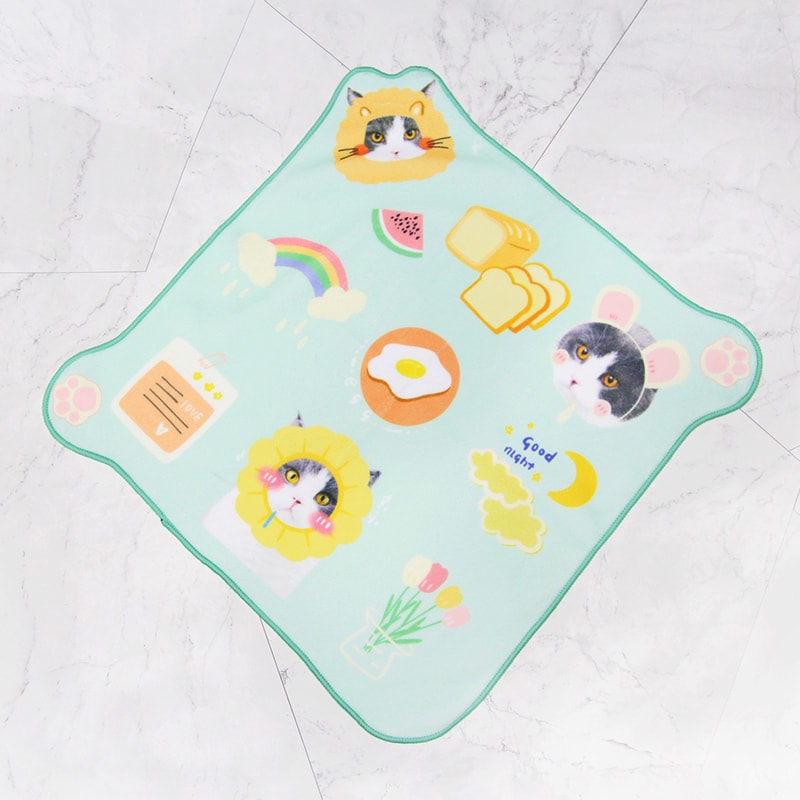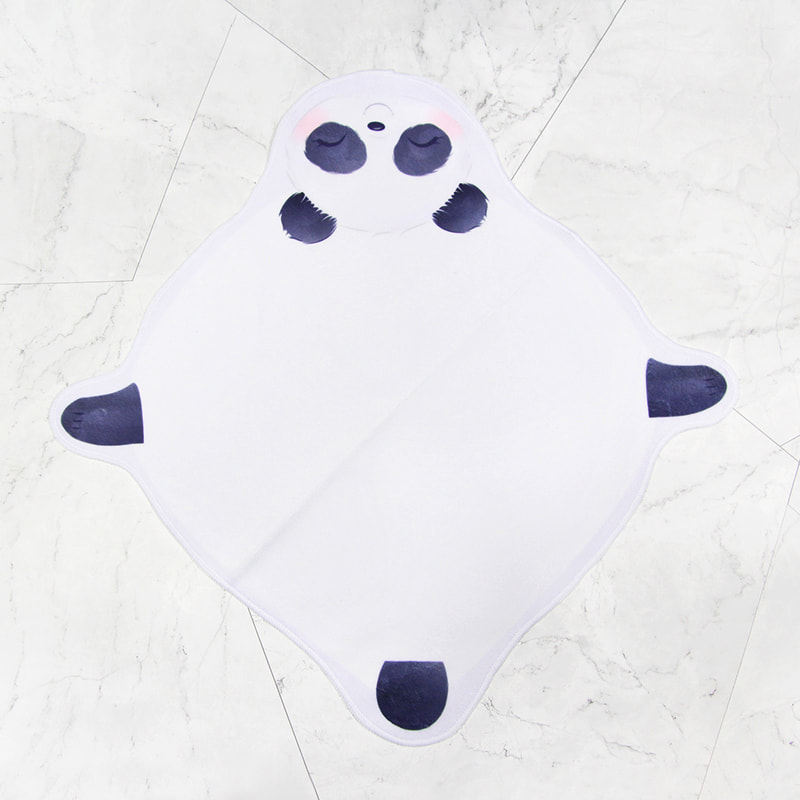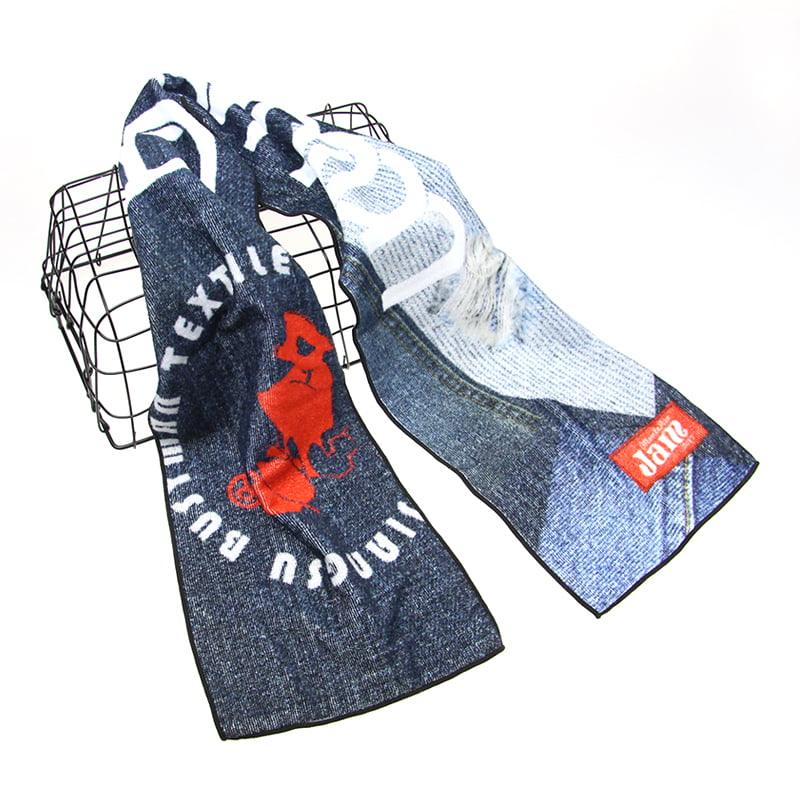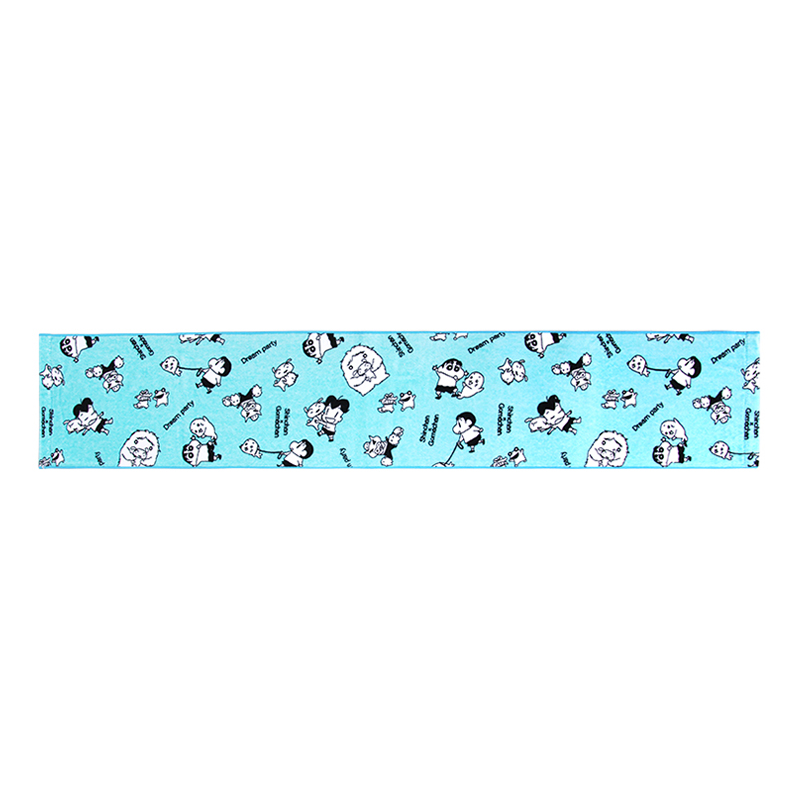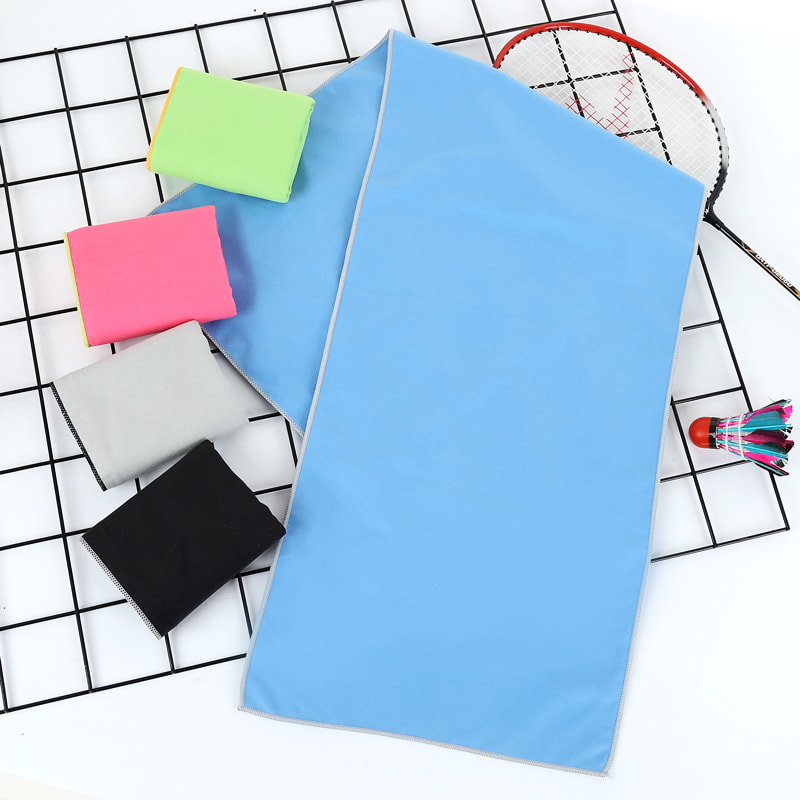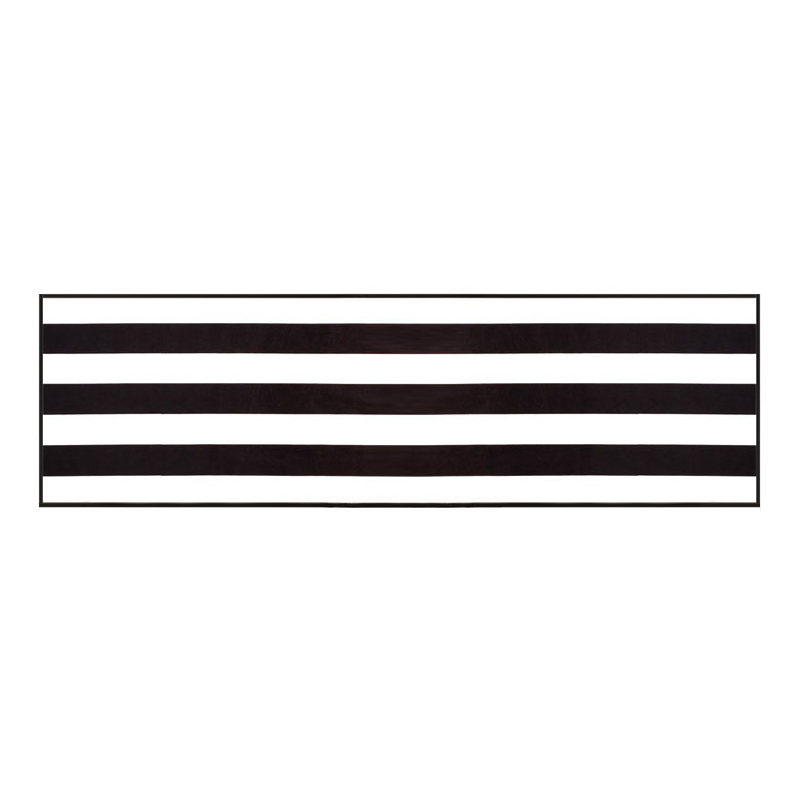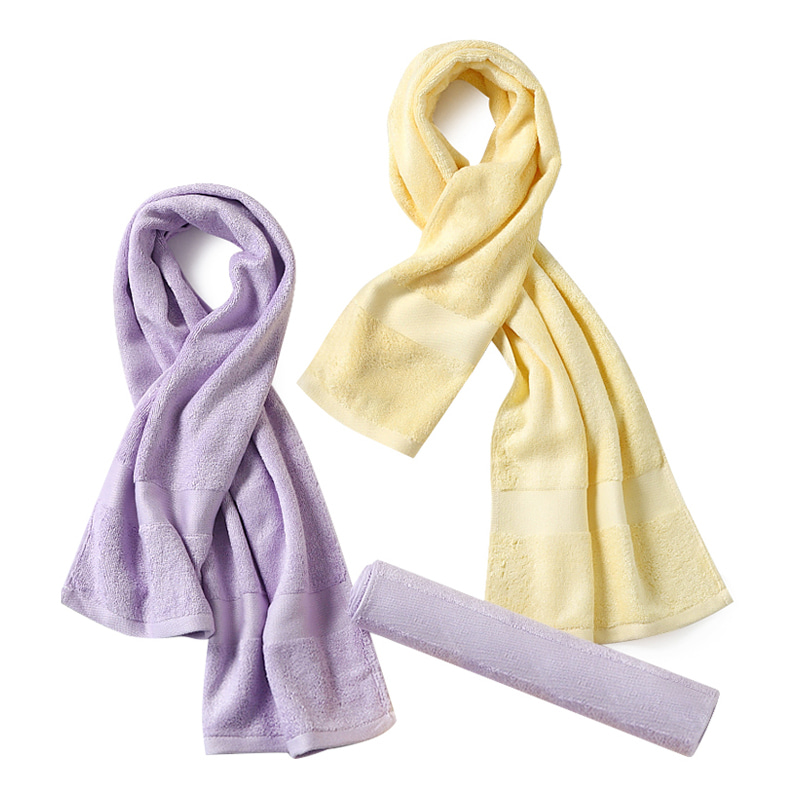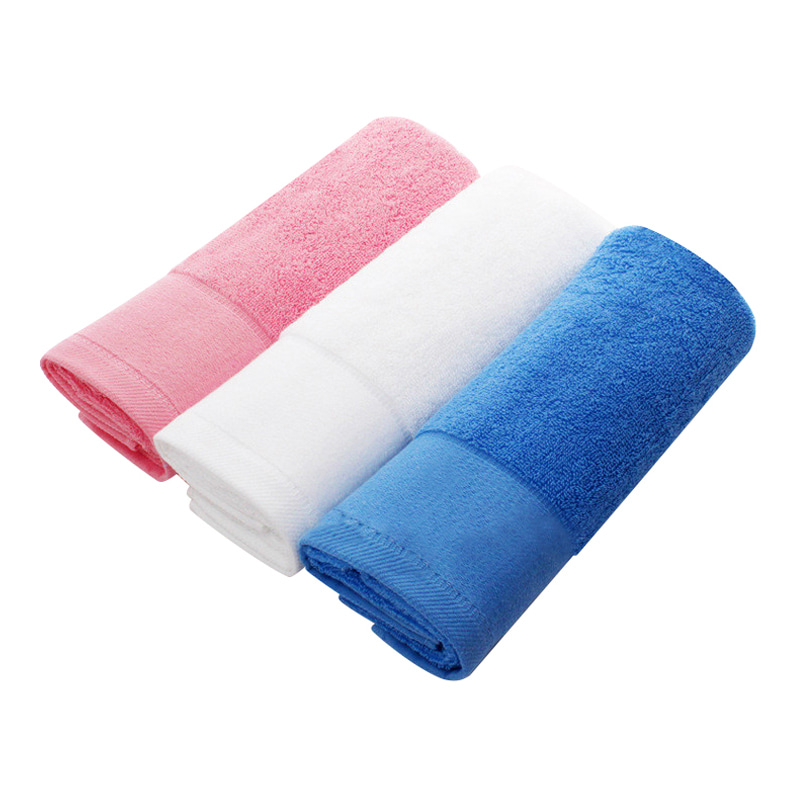How should towels be cleaned and disinfected?
Towel Cleaning and Disinfection Methods
1. Wash separately to avoid cross-contamination.
Separate white, colored, and dark towels and use appropriate detergents.
For towels frequently used in hospitals, gyms, and other settings, use a dedicated disinfectant containing chlorine or enzymes.
2. High-temperature washing and rinsing
Using hot water above 60°C for a circulating wash cycle effectively kills bacteria and fungi.
Rinse thoroughly afterward to ensure residual detergent and disinfectant are completely removed to prevent skin irritation.
3. Use a professional disinfectant
Common disinfectants include sodium hypochlorite (bleach) and quaternary ammonium salts. Dilute according to the instructions and soak for 10-15 minutes.
For colored towels that are not bleach-resistant, use an oxidizing disinfectant (such as hydrogen peroxide).
4. Drying and storage
After washing, use a high-speed centrifuge to dehydrate the towels, then dry them in a well-ventilated dryer until completely dry.
Thoroughly dry towels effectively inhibit bacterial growth and extend their lifespan.
What are some tips for folding and storing towels?
1. Standard Folding
Lay the towel flat, fold it in thirds, and then fold it in half again to form a neat rectangle.
For square towels, fold them diagonally to create a diamond shape for quick access.
2. Layered Storage
Store towels of the same size or for the same purpose on the same shelf. Use transparent storage boxes or drawers to separate them for easy organization.
Place moisture-proof paper or desiccant between each layer to prevent moisture and mold.
3. Roll Storage
Store bath towels or sports towels in rolls to save space and maintain their softness.
Secure the roll with a soft cloth or elastic cord to prevent wrinkles when unfolding.
4. Labeling and Tracking
Apply labels to the outside of the storage box, indicating the material, color, and usage scenario of the towel, for quick retrieval.
Use an ERP system for inventory management to track towel inflows, outflows, and usage frequency in real time, improving management efficiency.



 中文简体
中文简体 Español
Español 日本語
日本語 0
0
